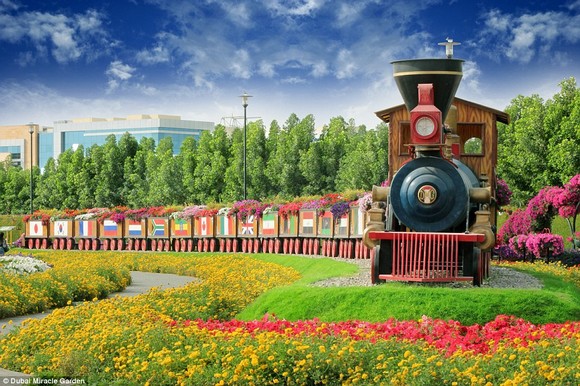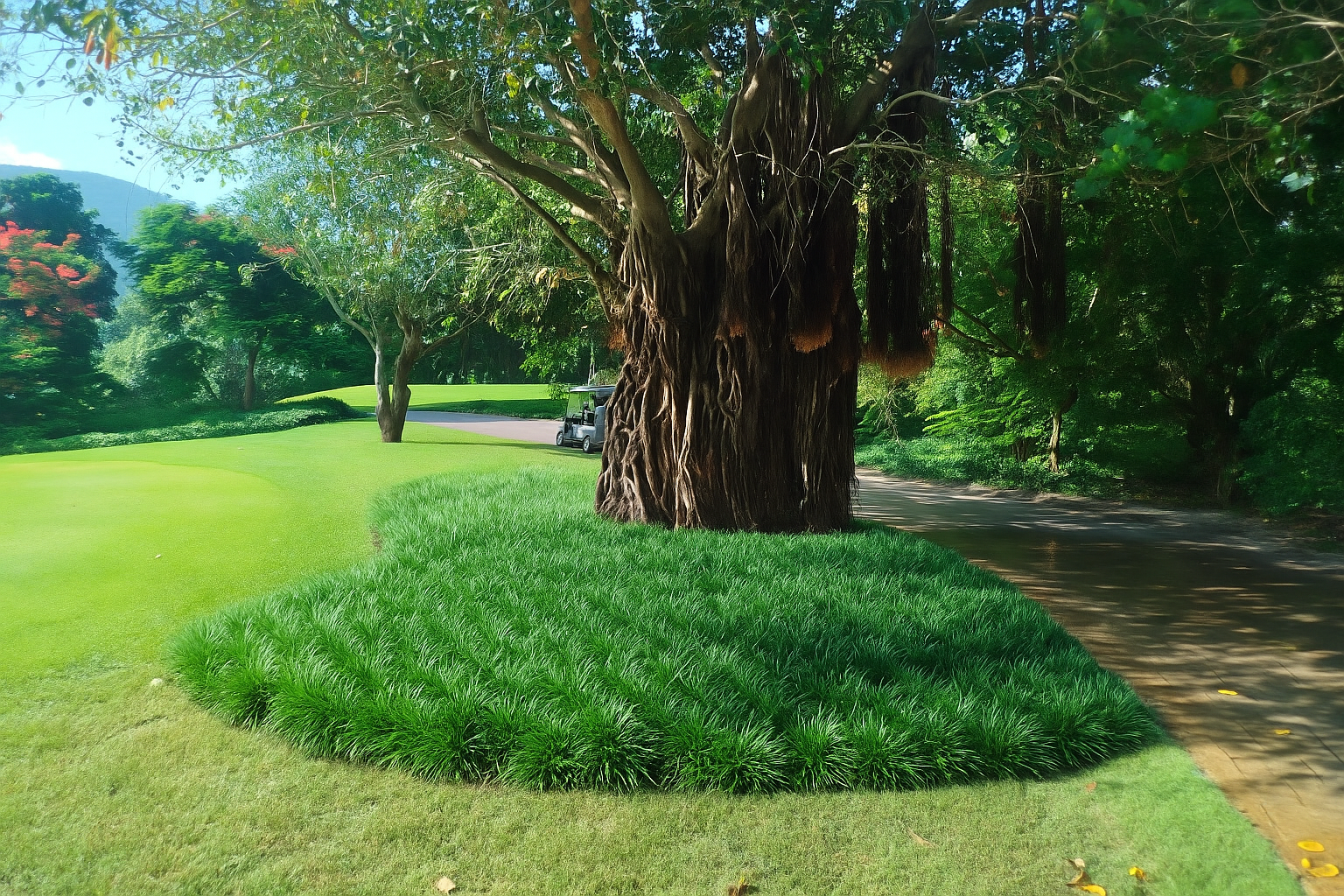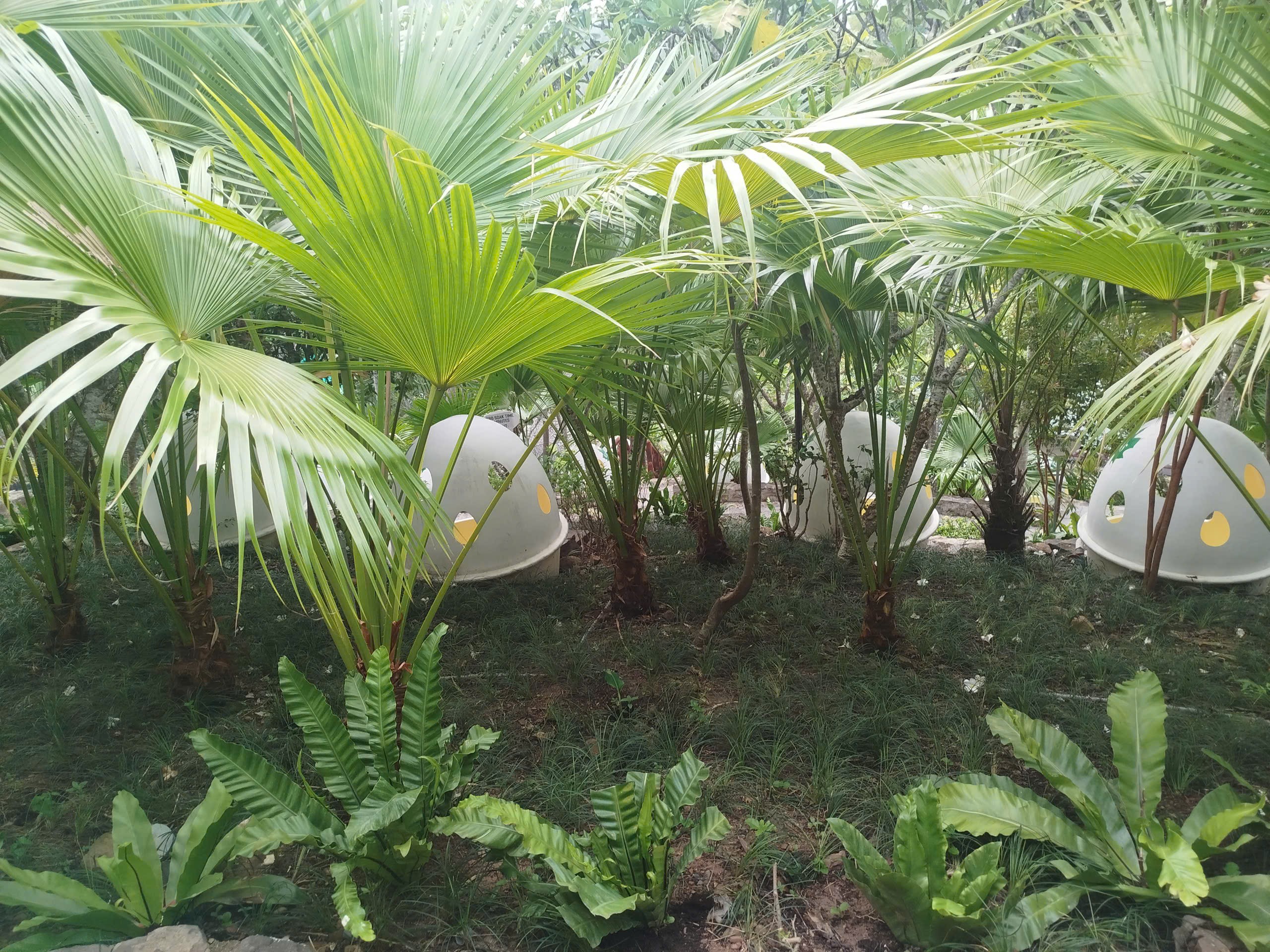Landscape Architecture Trends in 2025
Landscape Architecture Trends in 2025
The year 2025 marks a significant shift in landscape architecture, with a strong emphasis on sustainability, functionality, and harmony with nature. Below are the key trends shaping outdoor spaces:
#### 1. **Sustainable Landscaping**
Sustainability remains a dominant theme in 2025. Practices such as xeriscaping, which reduces water usage through drought-resistant plants and efficient irrigation systems, are becoming mainstream. Additionally, the use of organic fertilizers and eco-friendly materials is on the rise, minimizing environmental impact and promoting biodiversity.
#### 2. **Native Plants and Biodiversity**
The use of native plants is a major trend, as they require less maintenance, conserve water, and provide essential habitats for local wildlife. This approach not only enhances biodiversity but also reflects the cultural and environmental heritage of the region.
#### 3. **Naturalistic and Wild Aesthetics**
There is a growing preference for naturalistic landscapes that embrace a wild, untamed aesthetic. This trend focuses on creating harmony between the built environment and nature, often incorporating native shrubs, trees, and groundcover to create dynamic, low-maintenance spaces.
#### 4. **Outdoor Wellness Spaces**
Wellness-oriented designs are gaining popularity, with features such as outdoor saunas, yoga decks, and meditation gardens. These spaces are designed to promote mental well-being and provide a retreat from the stresses of modern life.
#### 5. **Vertical Gardens and Urban Greening**
In urban areas, vertical gardens and green walls are becoming essential for maximizing limited space. These installations not only add aesthetic value but also improve air quality and provide privacy. Urban rewilding, which involves integrating native trees and plants into cityscapes, is also on the rise to combat urban heat islands and enhance biodiversity.
#### 6. **Smart Landscaping Technology**
Advancements in technology are transforming landscape maintenance. Smart irrigation systems, automated lighting, and AI-assisted garden planning are becoming more common. These tools make it easier to manage outdoor spaces efficiently while conserving resources.
#### 7. **Functional Outdoor Living Spaces**
Homeowners are increasingly personalizing their outdoor spaces to reflect their lifestyles. This includes the creation of outdoor kitchens, fire pits, and hobby-specific areas like vegetable gardens or reading nooks. The goal is to make outdoor spaces both functional and enjoyable.
#### 8. **Color Theory in Design**
Color theory is playing a significant role in landscape design, with a focus on creating emotional resonance and visual harmony. Warm tones like red, orange, and yellow are expected to dominate, reflecting Pantone’s Color of the Year, Mocha Mousse, which evokes comfort and warmth.
#### 9. **Reimagining Hardscapes**
There is a shift towards using permeable, bio-based materials for hardscapes, such as recycled block and Black Locust wood. These materials allow rainwater to replenish natural aquifers and reduce environmental impact.
#### 10. **Romantic and Timeless Gardens**
Romantic-style gardens, characterized by loose, relaxed plantings and a focus on atmosphere, are making a comeback. These gardens prioritize beauty and tranquility, often incorporating elements like water features and soft lighting to create a serene environment.
### Conclusion
The landscape architecture trends of 2025 reflect a deeper connection to nature, a commitment to sustainability, and a desire for personalized, functional outdoor spaces. By embracing these trends, designers and homeowners can create environments that are not only visually appealing but also environmentally responsible and emotionally enriching.
For more detailed insights, you can refer to the sources cited above.


 Tạo cảnh quan Sân Golf
Tạo cảnh quan Sân Golf  CẢNH QUAN HỒ SÚNG NIA ĐỘC ĐÁO TẠI VINWONDERS NHA TRANG (SÚNG VUA)
CẢNH QUAN HỒ SÚNG NIA ĐỘC ĐÁO TẠI VINWONDERS NHA TRANG (SÚNG VUA)  Phủ cỏ Mondo dưới gốc cây giữ ẩm mùa nắng
Phủ cỏ Mondo dưới gốc cây giữ ẩm mùa nắng  Mô hình cảnh quan Rừng Nhiệt Đới điển hình tại KDL Trăm Trứng
Mô hình cảnh quan Rừng Nhiệt Đới điển hình tại KDL Trăm Trứng  Kiến trúc nhà mặt biển cho gia đình
Kiến trúc nhà mặt biển cho gia đình  Công dụng, Ứng dụng cỏ Vetiver trong cảnh quan
Công dụng, Ứng dụng cỏ Vetiver trong cảnh quan
Bình luận trên Facebook